This story was updated on Oct. 30, 2024 at 5:00 pm.
The Anna-Maria and Stephen Kellen Gallery at Parsons School of Design shed its usual pristine facade for a more intimate setting, in hosting Fashion in Between: a series of panels, workshops, and screenings curated by the Gromek Institute of Fashion Business, directed by Abrima Erwiah in partnership with Teen Vogue and the Council of Fashion Designers of America. The gallery, typically a blank canvas, was reimagined with a soft glow, illuminating mannequins and key exhibits that drew curious glances from attendees.
Running from Oct. 14 to Nov. 4, the exhibition continues to evolve, inviting guests into conversations that encourage reflection on the often overlooked ‘in-between’ spaces of the fashion industry’s past, present, and future.
On Wednesday, Oct 16, attendees gathered on wooden stools and benches, murmurs filled the air in anticipation of Teen Vogue panel: The Evolution of Fashion Editorial and Its Role in Today’s Fashion Industry. The panel was moderated by Tchesmeni Leonard, senior fashion editor of Allure, Glamour, and Teen Vogue, and featured Solange Franklin, stylist and brand consultant; Roberto Johnson, stylist; and Amira Rasool, CEO and founder of The Folklore, an online retail platform of diaspora brands. Together, they unraveled how fashion storytelling has evolved in response to social media, artificial intelligence, and cultural shifts.
Leonard’s opening question “What does storytelling mean to you?” led Rasool to respond, “It’s not just about pretty pictures.” She emphasized that storytelling in fashion goes beyond the surface, and it isn’t complete until it becomes a memory — something that lingers and resonates long after the image fades. This reflection shifted the conversation toward the nature of archives; who controls them, who has access, and how what we choose to remember and curate shapes both narratives and power dynamics.
Fashion editorials have evolved from the pages of magazines into multimedia stories that reach global audiences across digital platforms. “Now, everything’s online right away,” Franklin said, recalling a time when fashion pieces were seen exclusively by a select few and only filtered into magazines months after. Social media has played a critical role in this evolution, breaking down barriers between creators and consumers and opening up new opportunities for engagement and participation.
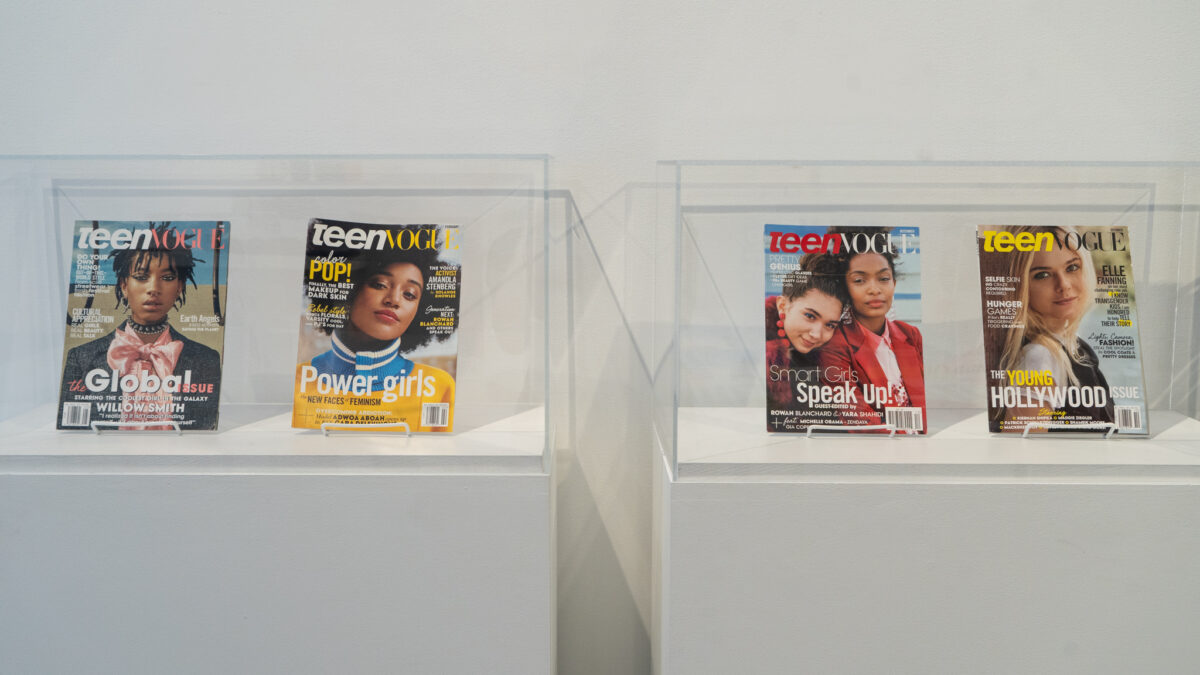
“People want authenticity,” Johnson said, reflecting on the democratization of fashion, which has shifted the power of storytelling into the hands of users. Platforms like Instagram and TikTok allow influencers, creators, and even everyday consumers to co-author the narrative, reshaping how fashion is experienced and consumed. The rise of user-generated content has transformed how brands engage with their audiences, making authentic connections a priority. The panelists agreed: brands today must collaborate with their communities to create content that is both genuine and relatable.
Yet, this pursuit towards authenticity brings a new challenge: balancing fantasy and reality. While today’s consumers crave a more human side of fashion, there is still a desire for fantasy. The challenge lies in blending it with authenticity in ways that feel real and relevant.
The conversation then turned to technology, particularly AI. While the panelists agreed that human connection remains essential, Franklin also recognized the potential for AI to reinvigorate fashion narratives. “The future could be incorporating AI in a way that unlocks fantasy,” she said, suggesting that technology might help harness the creative power of artists while preserving the dream-like qualities that make editorials so compelling.
As the discussion came to a close, the panelists agreed: fashion editorials, in their many evolving forms, continue to be powerful vehicles for storytelling. Whether through the lens of a camera, the scroll of a screen, or the careful curation of an archive, fashion continues to shape not just the industry, but cultural narratives at large. In a world increasingly dominated by data, trends, and algorithms, the human side of storytelling — the connection, the emotion, the authenticity — remains more crucial than ever. And so the question lingers: How do we keep doing it?
The conversation isn’t over yet: As Fashion in Between continues, the gallery is open for viewing every day, check out the full schedule here.
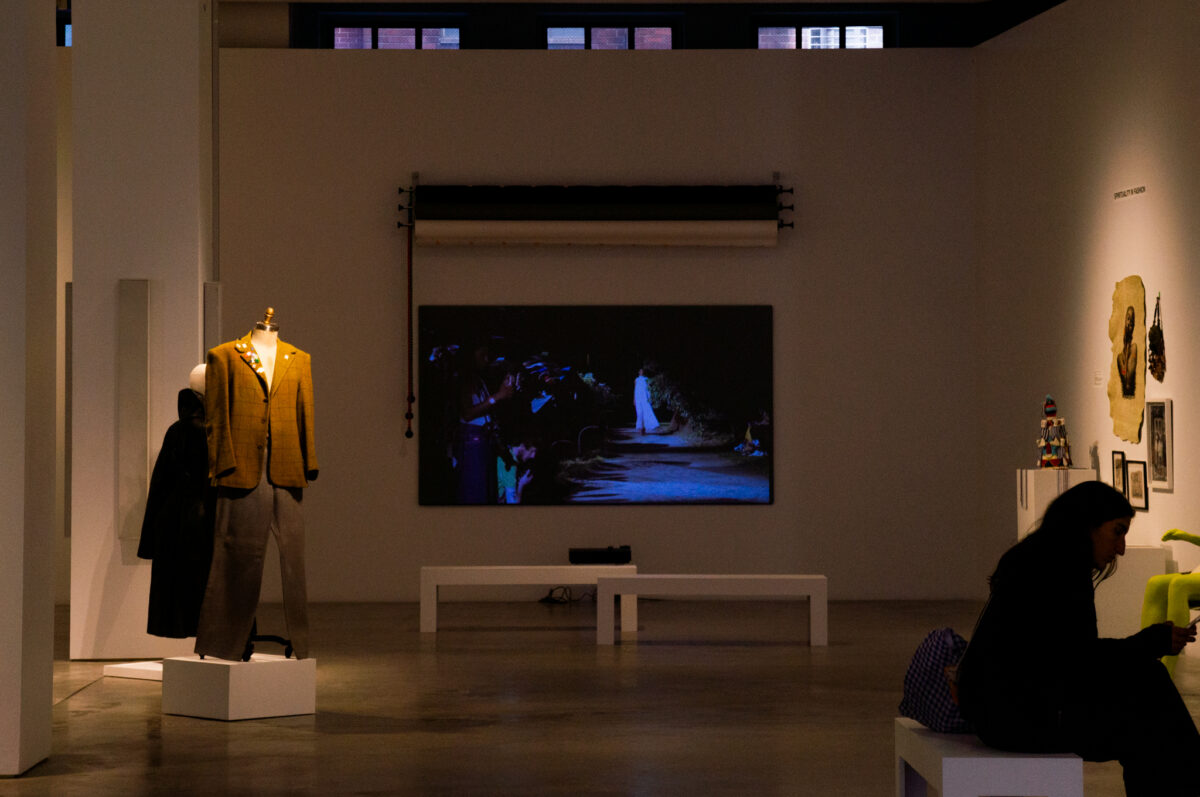
Correction: A previous version of this article incorrectly referred to the gallery as “The Stephen Maria Gallery.” The correct building name is the Anna-Maria and Stephen Kellen Gallery. The article has been updated to reflect this change.

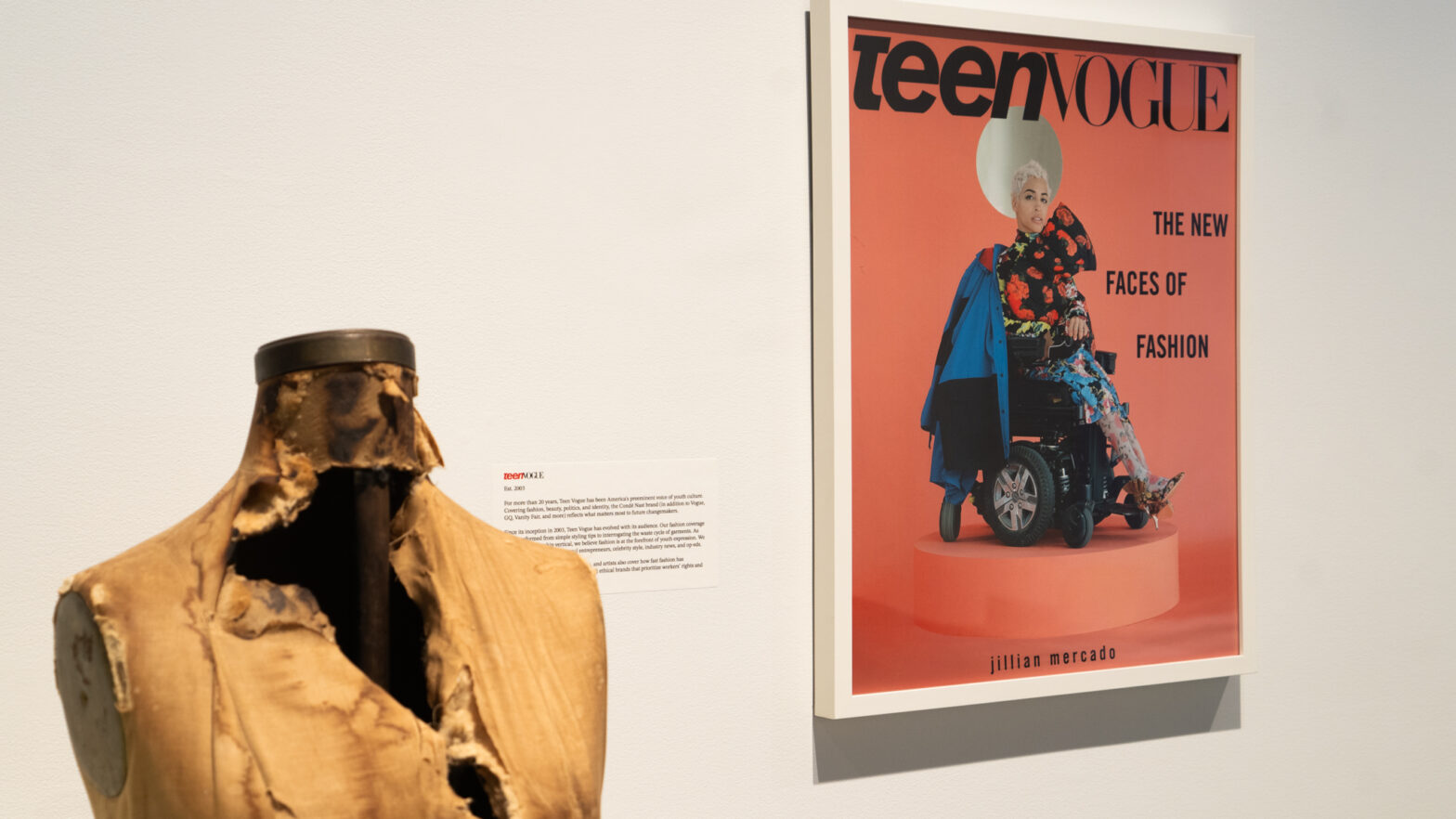
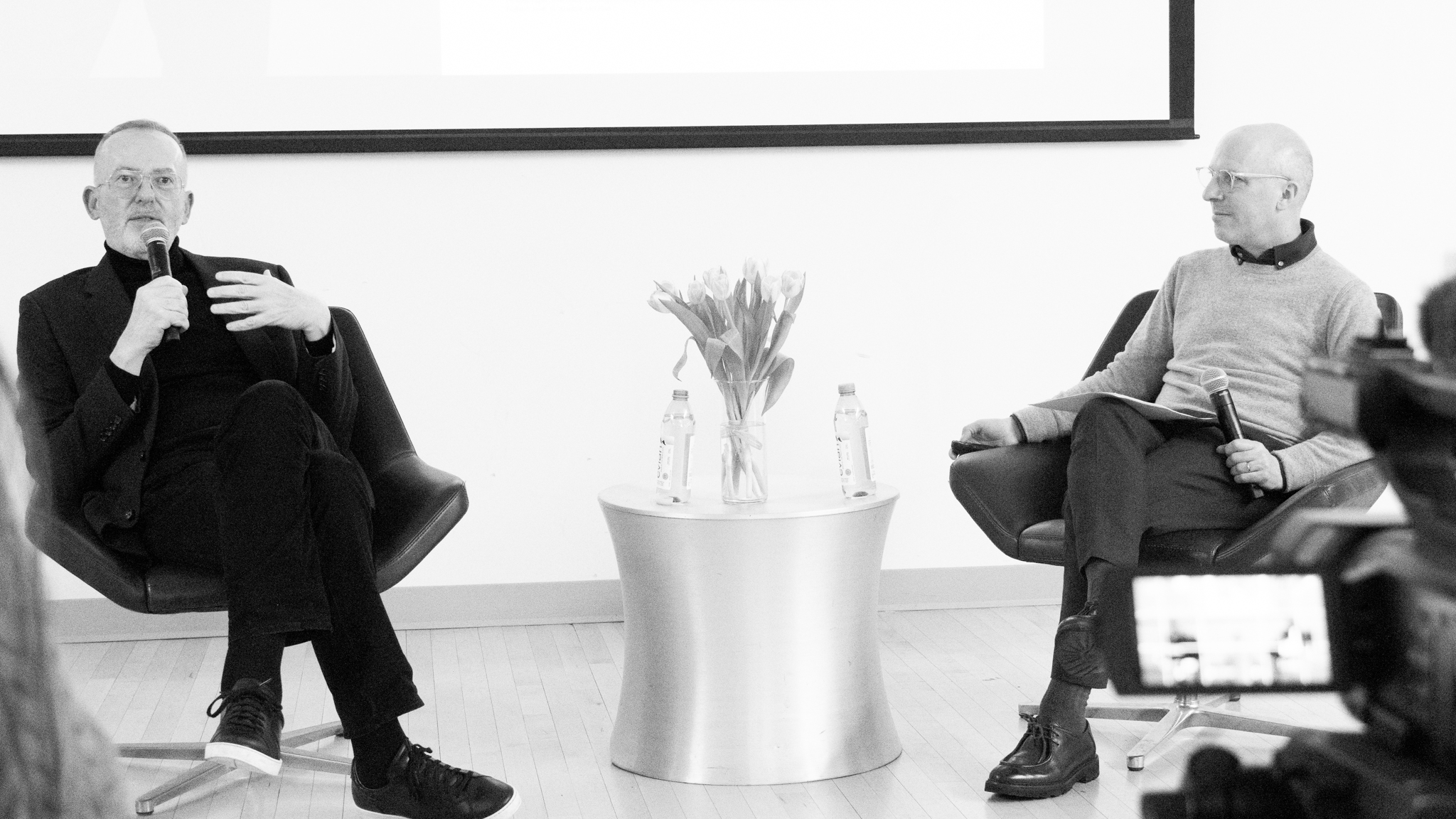
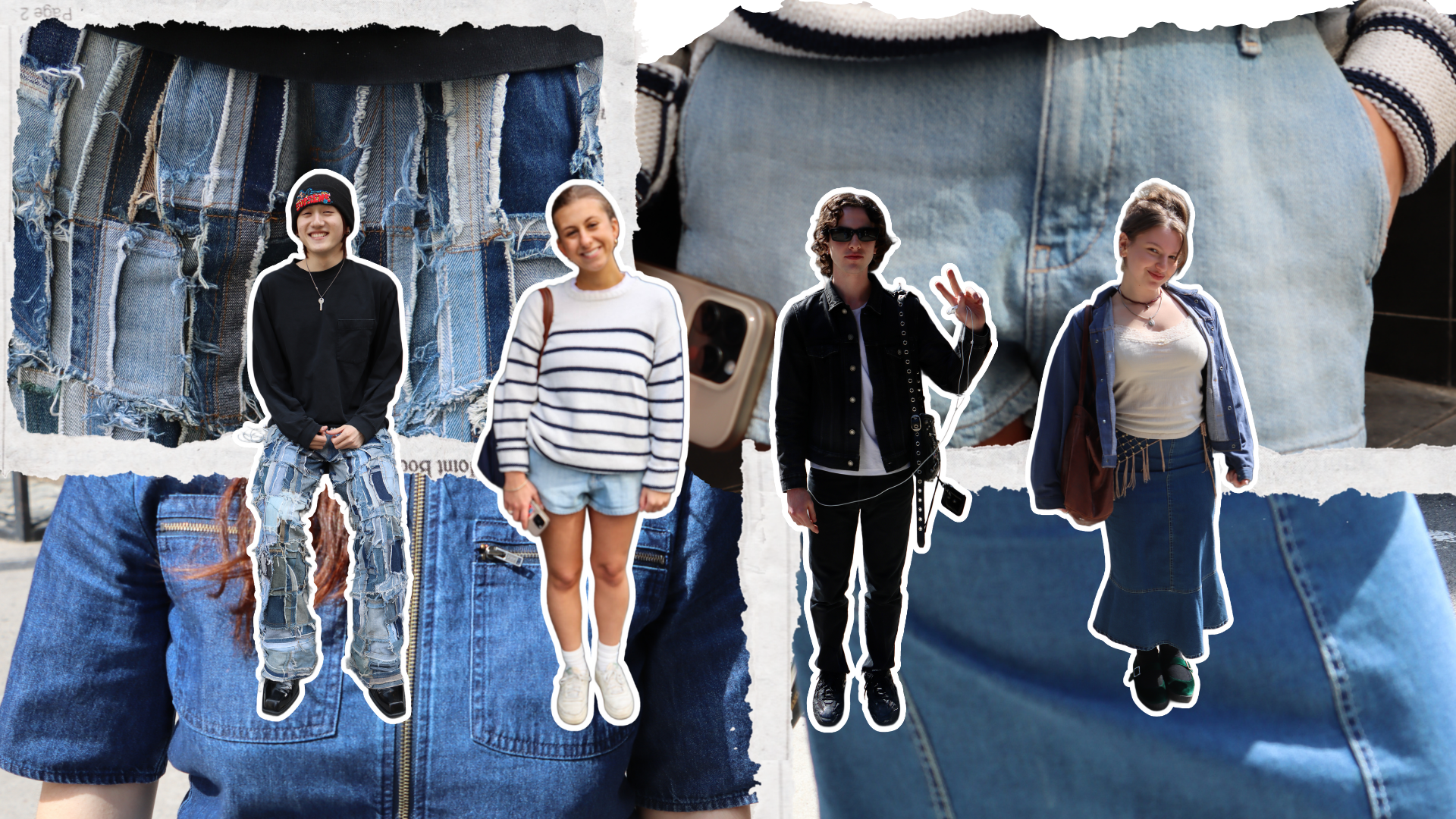

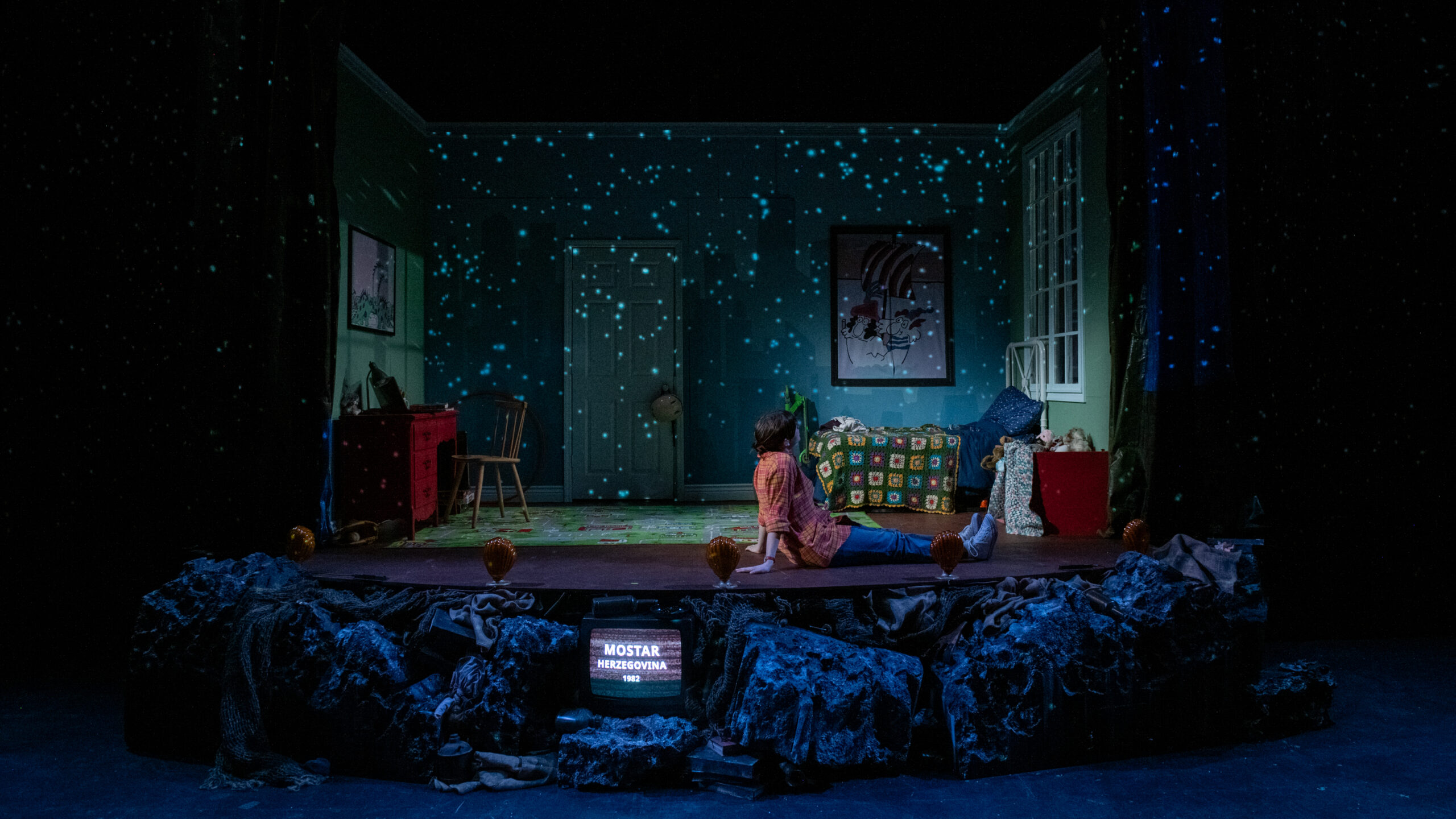
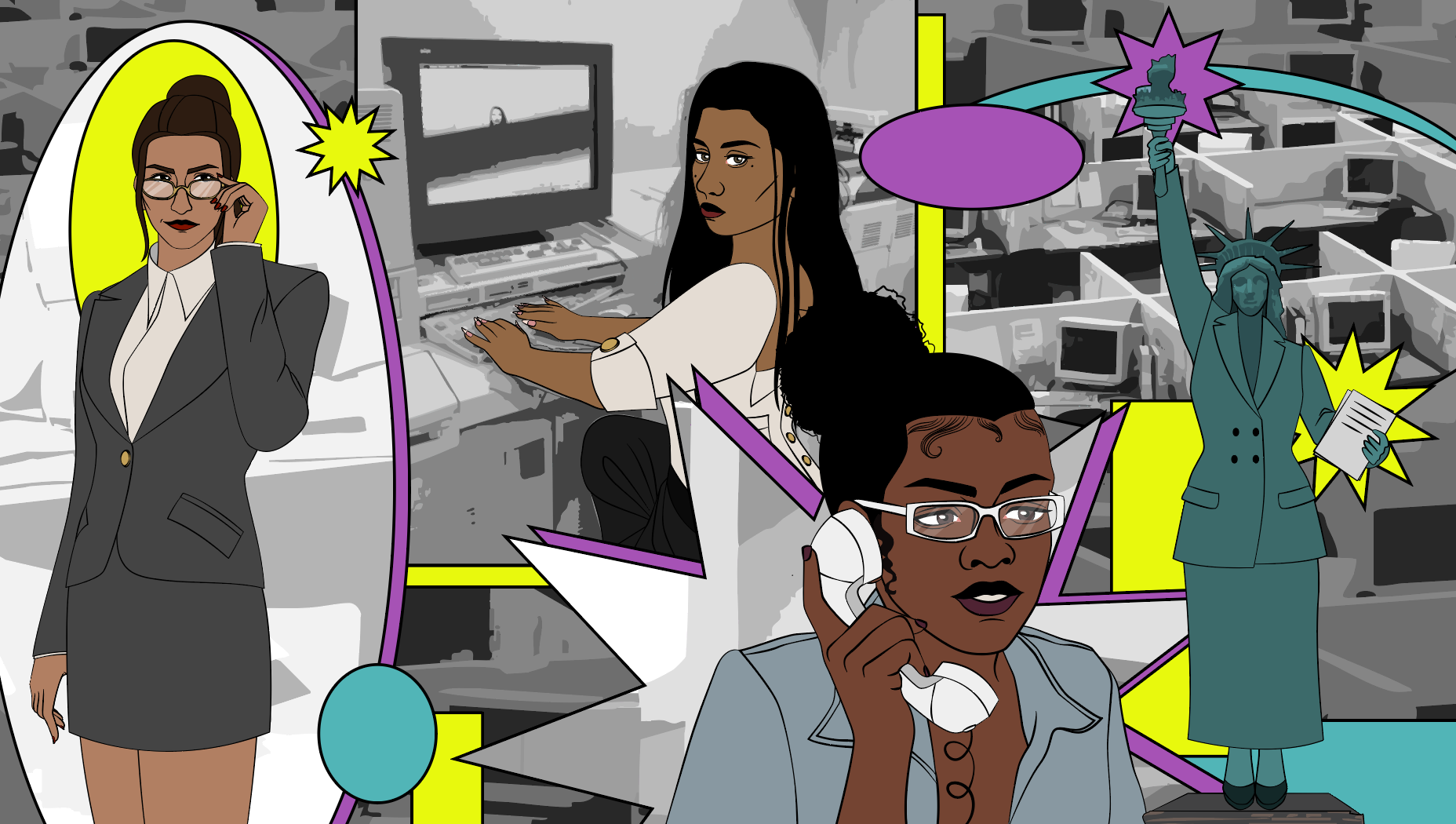
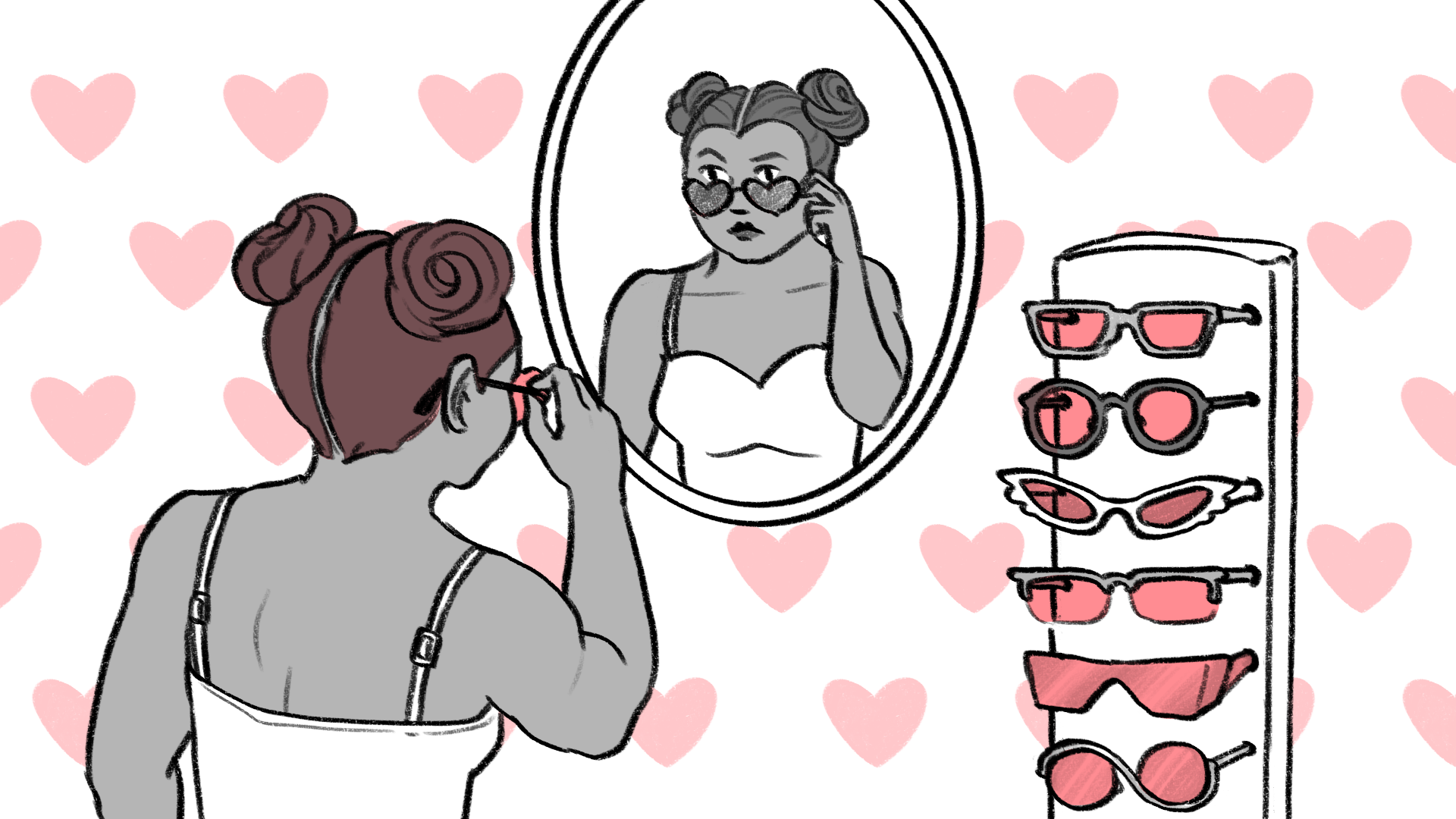
Leave a Reply